
Book
Peak
Secrets from the New Science of Expertise
Houghton Mifflin Harcourt,
2016
plus...
Peak: Secrets from the New Science of Expertise by Anders Ericsson and Robert Pool. Copyright © 2016 by K. Anders Ericsson and Robert Pool. Published by Houghton Mifflin Harcourt. All rights reserved.
ISBN: 9780544456235
Pages: 336
ISBN: 9780544456235
Pages: 336
Recommendation
What appears to be genius is not so uncommon. Mozart’s sister, Maria Anna, was also a child prodigy. The difference for top performers isn’t practice – it’s “deliberate practice,” a focused method of systematic improvement that psychologist Anders Ericsson spent a lifetime studying. He and co-author Robert Pool explain the science that supports deliberate practice and illustrate their manual with historical examples of top performers.
Summary
About the Authors
Conradi eminent scholar Anders Ericsson, PhD, teaches psychology at Florida State University. Robert Pool has a PhD in mathematics and is a science journalist.
Learners who read this summary also read
Book
Book
Book
Book
Article


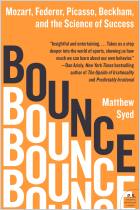


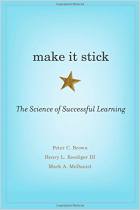
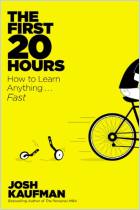
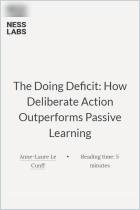


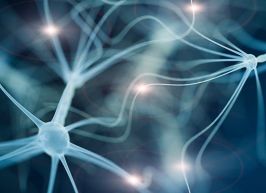




Comment on this summary